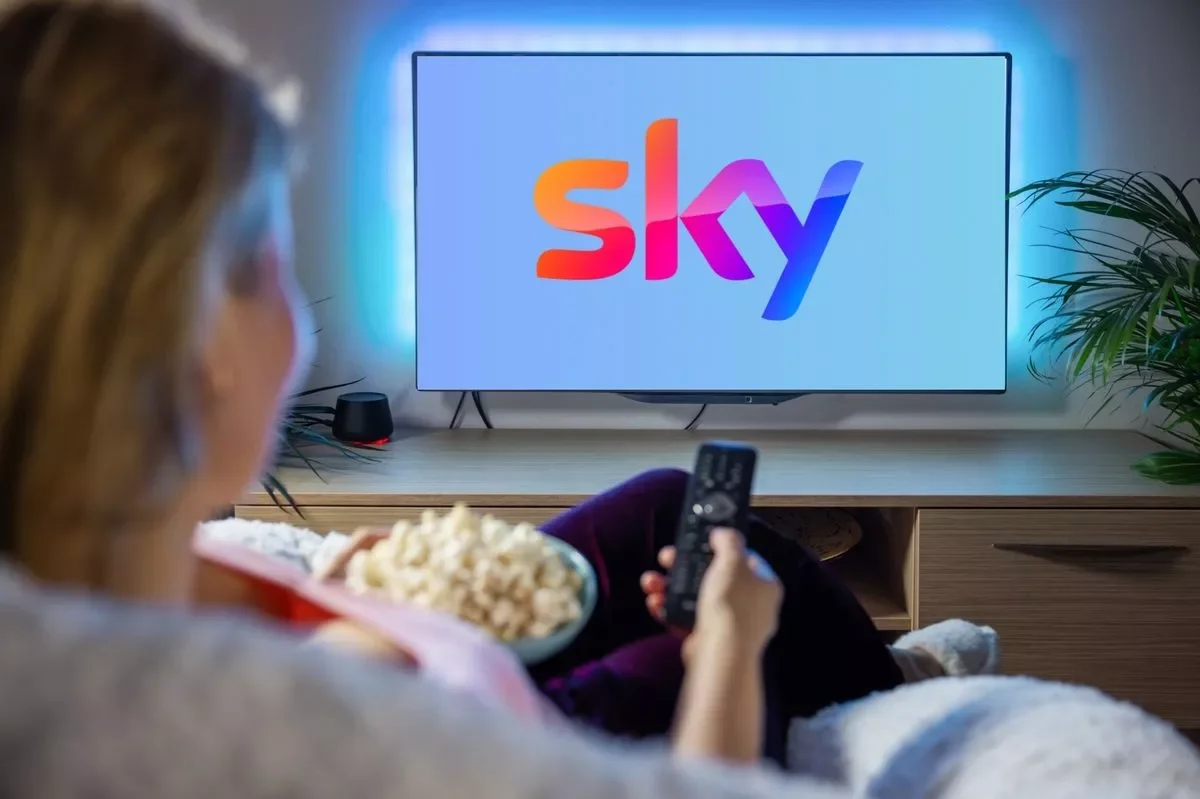Marketers are increasing their investment in short-form video. But at what cost?
Short Form Video
Key Takeaways
Short-form is now universal – every major platform supports it, with unmatched ROI, engagement, and discovery power.
AI accelerates production – tools streamline editing and generation, but the winning formula is hybrid: AI for efficiency, humans for authenticity.
Strategy matters – brands must balance creativity, calls-to-action, and measurement to turn quick views into meaningful results.
Why Short-Form Video Isn’t Going Away
Short‑form video continues to dominate digital platforms across the board, and it’s no longer limited to TikTok or Reels. It’s now present in every major network, including X, Instagram, YouTube Shorts, even LinkedIn and Snapchat. Brands have recognised that messages delivered in just a few seconds often command the most attention.
Data shows just how powerful this format has become:
Around 30% of brands are actively using short‑form video marketing, alongside significant investments in long‑form and live streaming formats.
The ROI of short‑form video leads all formats—marketers continue to prioritise it.
Viewers love it: 73% prefer short‑form content to discover products, and engagement rates are around 2.5× higher than long‑form videos.
These stats confirm that short‑form isn’t a fad. It’s an expectation, and its impact is only getting stronger.
Short-Form Everywhere—including X
Now that short‑form is ubiquitous, platforms have adapted. X, the rebranded Twitter, has integrated short videos and even teased a revamped AI-driven version of Vine—six‑second videos generated by AI from text prompts. This shows how dominant the format has become—even platforms that were late to adopt it are now embracing short videos.
With virtually every touchpoint supporting short video, the real question has become: how can brands use it smartly, rather than just jumping on the trend?
AI Is Changing the Game Too
AI is now power‑fueling short‑form video creation:
54% of marketers are already using AI tools for video editing and creation, streamlining production and unlocking efficiency .
AI tools now extend to automated editing, dynamic visuals, captions, thumbnails, and transcending static into motion—raising production values at speed .
Cutting-edge models like Google’s Veo 3 can generate complete videos from text prompts—including visual and audio components .
Remarkably, AI can also create high-quality advertisement videos from raw footage using large language models—for example, systems like VC‑LLM powered by GPT‑4o are already producing ads with comparable narrative quality to human-edited versions.
Together, these tools are lowering the barrier to entry for short video, making it accessible not just for big budgets but for brands and creators of all sizes.
Balancing AI, Authenticity, and Results
But faster production comes with challenges:
AI content can backfire if used without care. “AI slop” — low-quality, generic films — has sparked backlash when audiences sense inauthenticity .
Virtual influencers and AI avatars are emerging, but they may fail to build real trust—especially among sceptical younger audiences.
Platforms like Meta are doubling down on AI for full campaign creation, with early results showing 5% conversion boosts in Reels—though some marketers still worry about losing creative control.
The key for brands? Use AI to augment, not replace, real creativity. Hybrid workflows—where AI handles editing or first drafts and humans refine hooks and tone—are becoming the gold standard .
So—Is Investing in Short-Form Still Worth It?
Absolutely—but with strategy. Here’s a blueprint:
1. Prioritise Platforms That Now Support Short Video
Every major social network supports short video—from X to LinkedIn. Test performance at scale across channels; don’t limit yourself to Reels or TikTok.
2. Focus on ROI, Not Just Reach
Short‑form purchases and retention data all trend positively. But to truly benefit, brands must pair short content with a clear path—calls to action, brand hooks, shoppable links—so engagement converts.
3. Deploy AI Smartly
Use AI tools for editing, captioning, and ideation—but always add human polish. Co-created titles, story arcs, and visuals outperform both fully AI or human-generated content.
4. Protect Authenticity
AI can speed production, but authenticity sells. Avoid “AI slop.” Maintain voice and storytelling that matches your brand’s DNA.
5. Measure—and Adapt
Track not just views, but engagement rates, reach, shares, and ultimately conversions across formats. Use those insights to refine where and how video works best.
6. Watch the AI Frontier
From text-to-video models like Veo to AI-generated influencer content, stay flexible. Consumers crave creativity—and AI opens new doors, as long as you treat it as a creative partner, not a shortcut.
Final Word
Short-form video isn’t merely popular—it’s foundational to modern marketing. It’s everywhere, mobile, snackable, and impactful. AI turbocharges its creation, but it can also flatten creativity if used without strategy or humanity.
The question isn’t “why short-form?”—it’s “how can your brand harness short-form, in a way that’s authentic, effective, and future-ready?”
Truth be told, investing in short-form video—it’s not just worth it. It’s inevitable.
To learn more about Short-Form Video, get in contact today.











